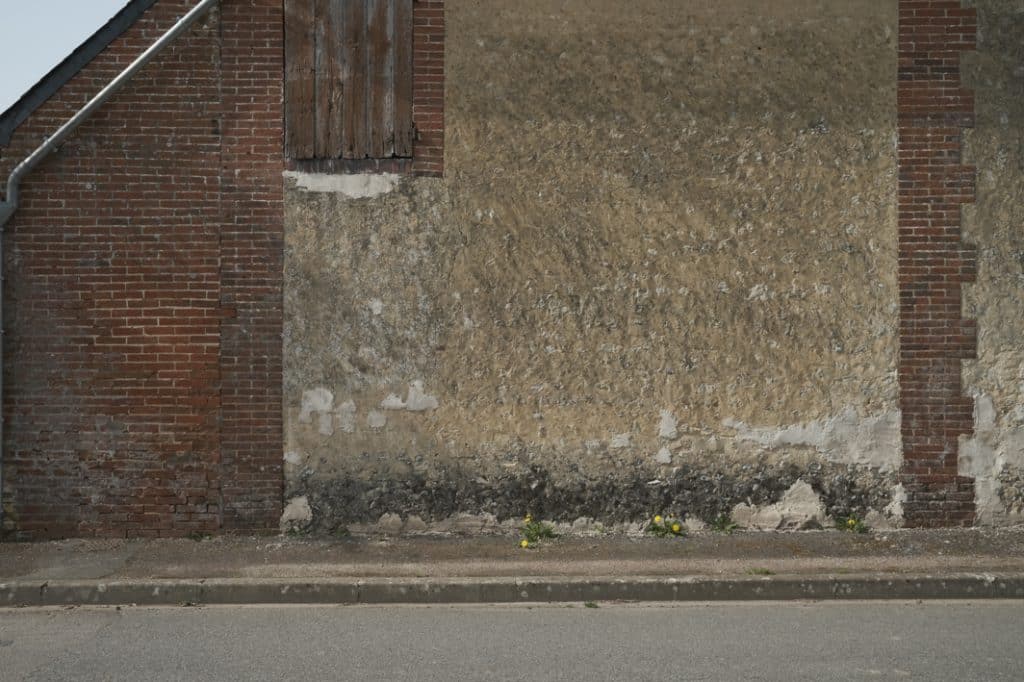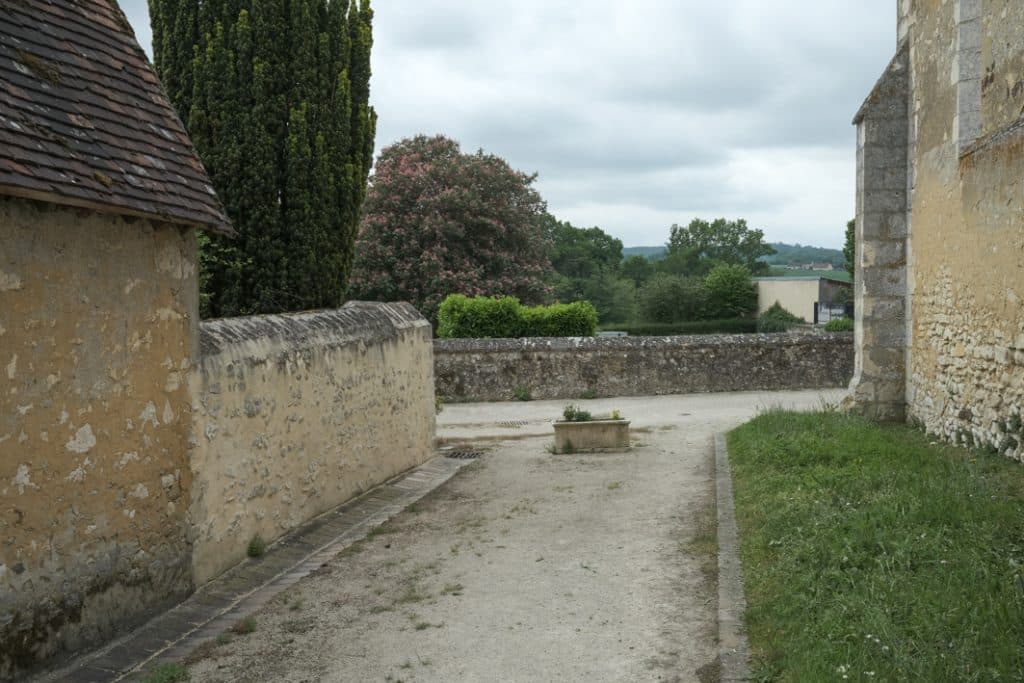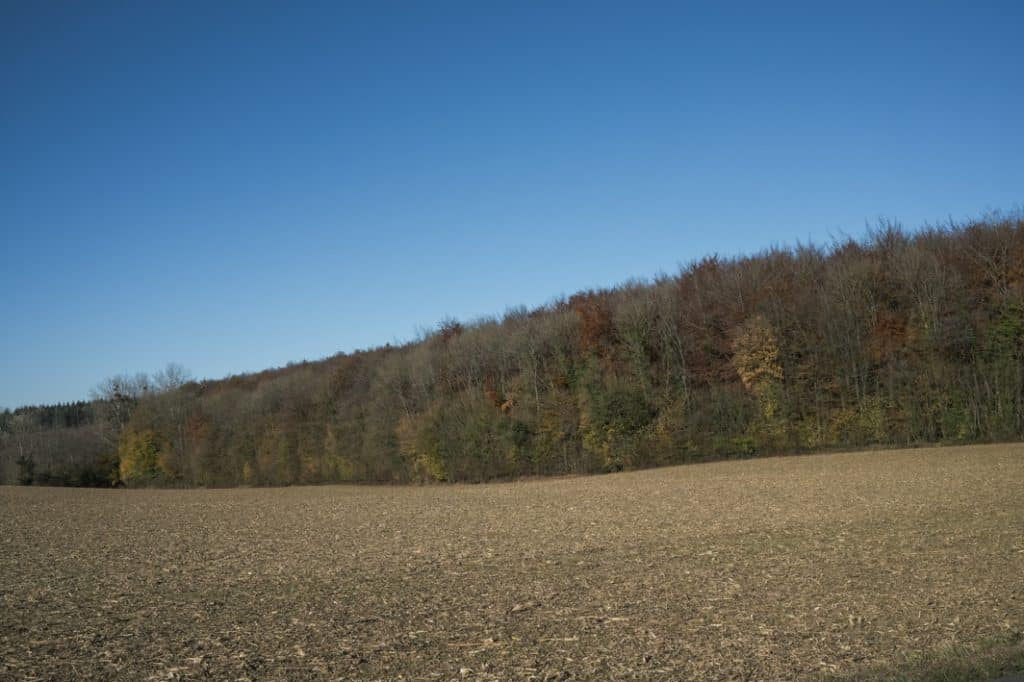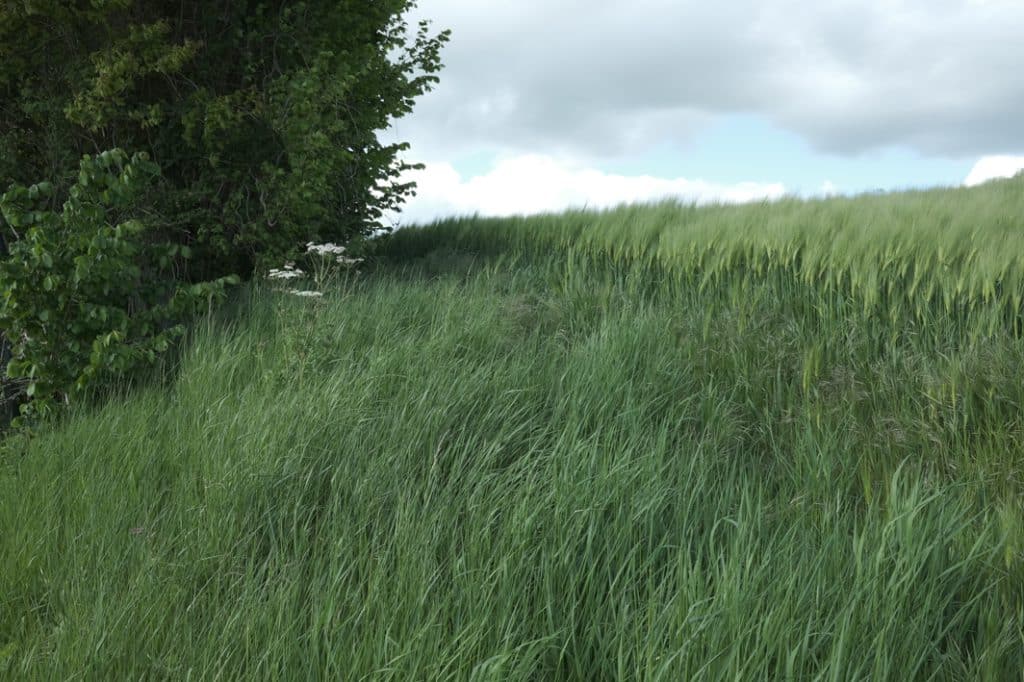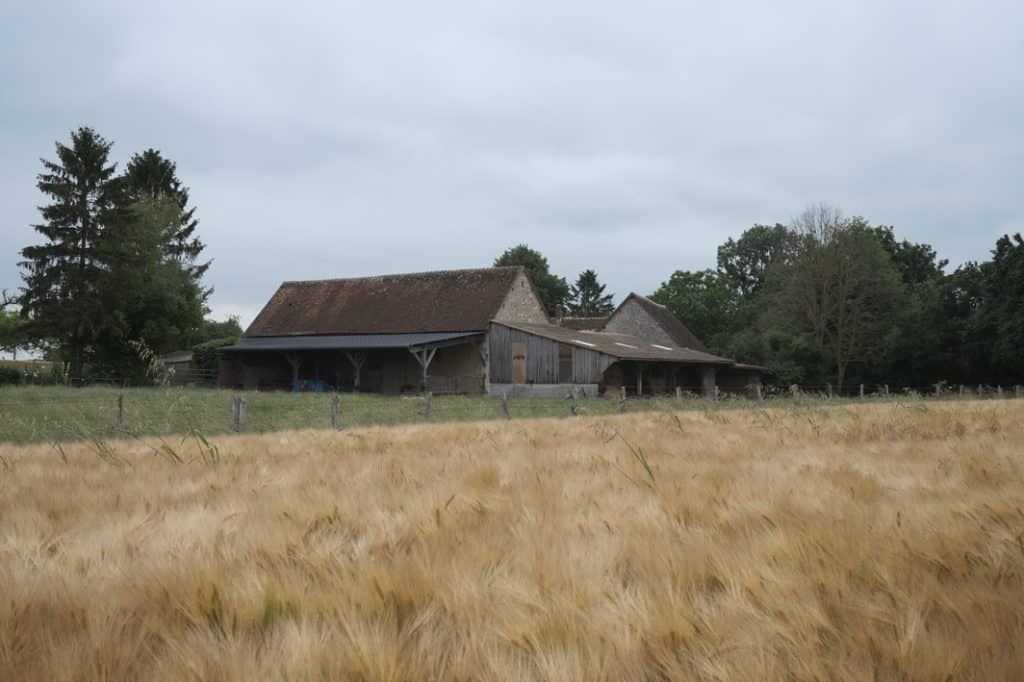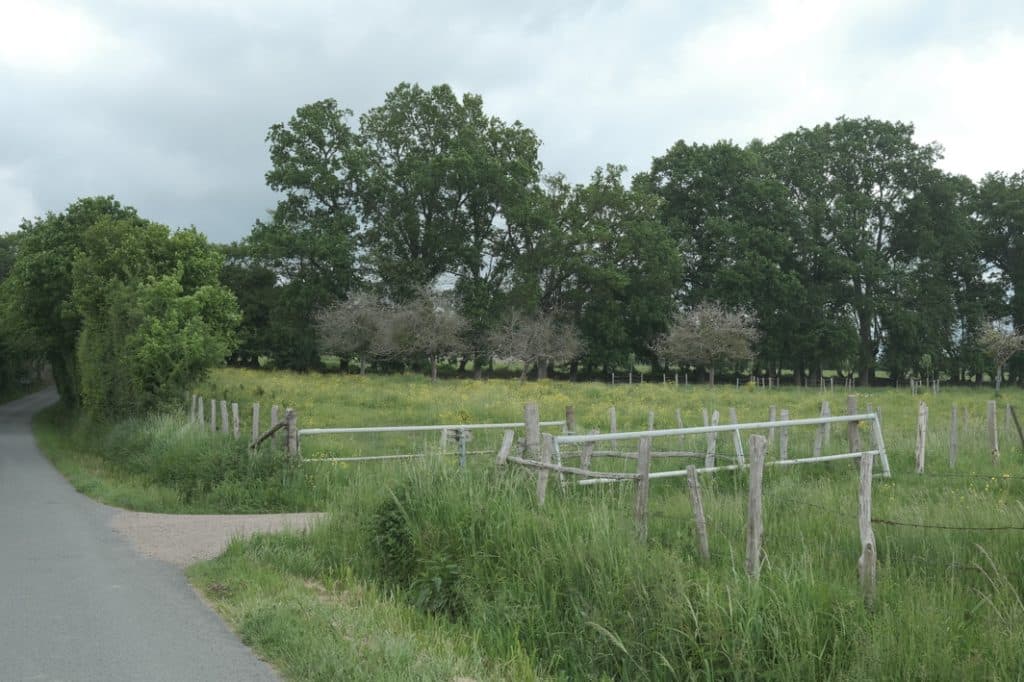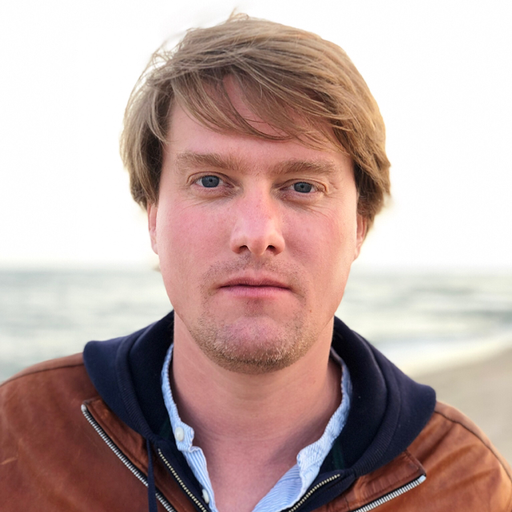The French photographer Adrien Boyer is a man who looks at the world differently. While everyone can see meaning in a city corner, a fragment of landscape, a multitude of elements that have a certain use to us (a traffic sign, a door, a cereal field), he prefers to focus his framing around the lack of that meaning. A gaze closer to the one of a painter, which reveals the man-made changes to the surrounding environment while noticing its invisible beauty and the mystery of its geometries. His vision may seem complex, too intellectual, but it teaches us to take the time to observe our cities and countryside. Adrien Boyer is both idealistic and enlightened, and he speaks frankly about photography unlike any other.
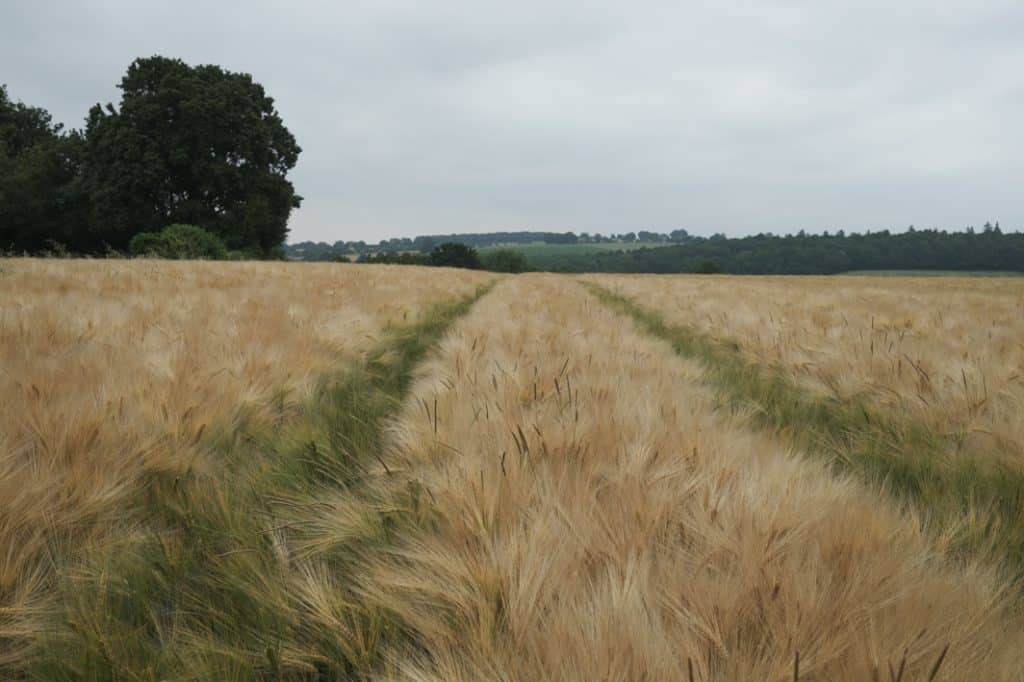
In your work there are references to the famous Italian photographer Luigi Ghirri: the use of the off-field, the absence of a real subject, you like to strip down the frame to the essential. What is your approach to photography?
For me there would be no point in taking a photograph of something. I take photos of things that don’t exist and that will create something else. That’s where photography becomes really creative, becomes an art, makes this thing that didn’t exist before. My gaze is there to unite things that have no meaning. The gaze is the link, the gaze makes a new reality emerge. It is in this sense that photography is an art in its own right, and it is the art that creates the most direct contact with reality. Photography is a bit like thinking: the more words you know, the more things you are able to imagine. The more you pay attention to what you are looking at, to the smallest nuances, the more interesting the world seems to you. I shun anything that is remarkable. It’s photography that has to make something remarkable. Otherwise photography is only descriptive, only there to tell about something that pre-exists it and will outlive it. But it’s when photography brings out something new that it reveals the eternal newness of the world. I try to have a photograph that will hit people under the filter, under the belt of rationality. In the street, at a crossroads, everyone says to themselves: here is a crosswalk which allows me to cross, this is the purpose of these lines. I try to see just a bizarre succession of white lines of the same size. When you see a triangle crossed by a line, you don’t say to yourself: well, it’s an amazing shape. You say to yourself: this is letter A. Because you have knowledge of this sign. Your knowledge prevents you from seeing this shape for what it is. The more you think you know something, the less you see it.
You seem to be someone who takes the time to see, who sets a slow rhythm for himself….
That’s my whole job, really. Knowing how to take that time. I’m not an image hunter at all. I don’t look for the decisive moment, I don’t belong to that school of photography. The decisive moment is the moment when I feel good, when I find my place in this world. My job is to put myself in a state of perception, a state of mind that allows me to have a right relationship with what surrounds me. I am not a spectator at all. I am a stakeholder in my photography. It is when I have my right place, when everything fits together and, thanks to my gaze, that the photograph can be taken. We do have the time to start seeing the world and escape from the materialistic and utilitarian reading the system tries to impose on us, if we want to. We normally don’t see things for what they are. We see them according to their utility to us.
In nature, as here in the Perche, taking time is quite easy. You walk around, it’s a pleasant setting. But you have also worked in the city. How do you manage to be as slow in Paris, New York or Tokyo?
All my work is to extract myself from the world, to extract myself from myself, and to end up forgetting what I am seeing. That’s why this exhibition is called “Forgetting the sky”. I would like people to say that I am a sensitive photographer, just as we can say of Albert Camus, for example, that he is a sensitive thinker. All of Camus’ thought comes from a sensitive relationship with the world. My photography emanates from this sensitive relationship. It is a report of fully assumed subjectivity.
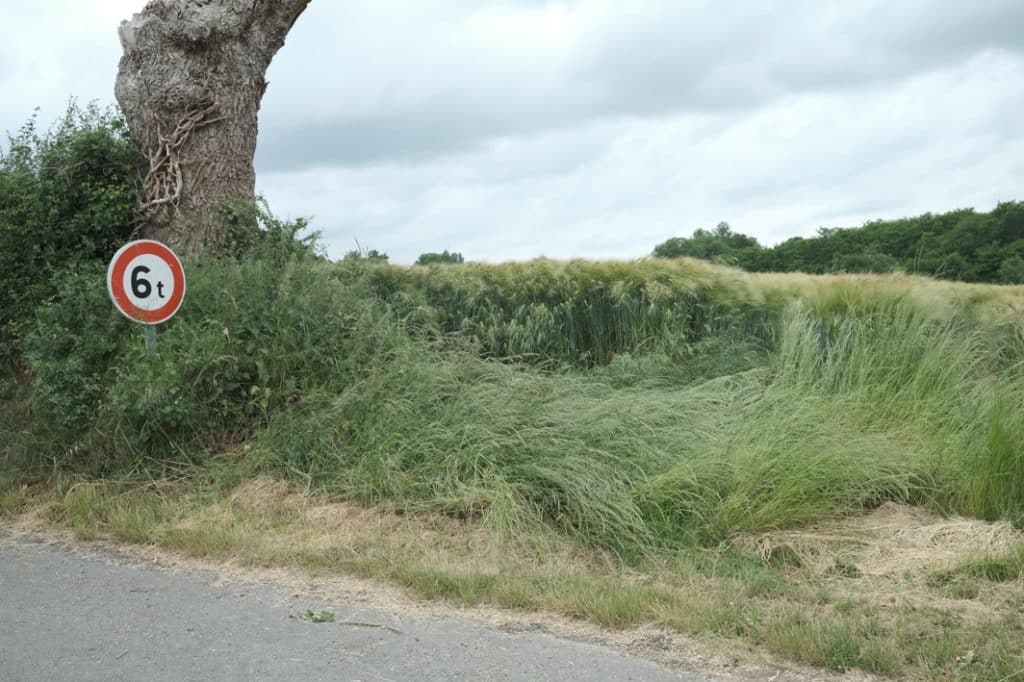
Before becoming a photographer, you were a banker. What made you change your path?
I had the impression that I was walking beside my shoes and, this is true, that I was getting materially rich. But I was getting poorer and poorer in human terms, I was drying up as a human being. At a certain point it was no longer sustainable. Fortunately, the subprime crisis came along. I got fired.
Where did you live?
Between Paris and London. I told my wife: “Look, I’m not happy, I’m going to do something else”. At the time, I didn’t know what. I am not a photographer by training. I wasn’t interested in photography as such. It’s just that with the camera I found a way to express who I am. I said to myself: this is what I will use to write what I want to say.
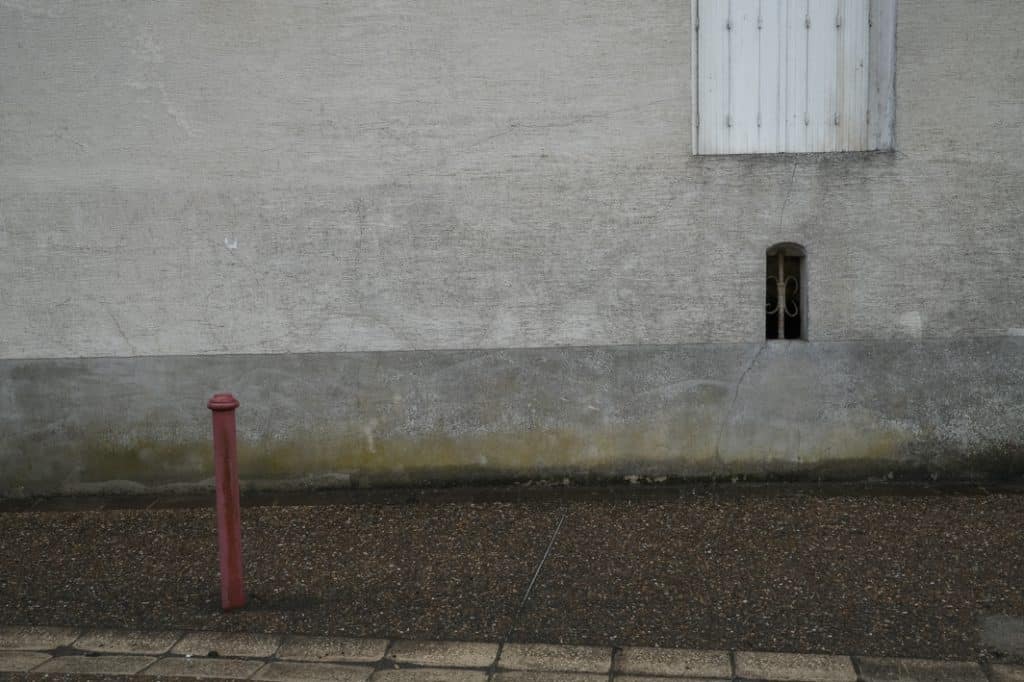
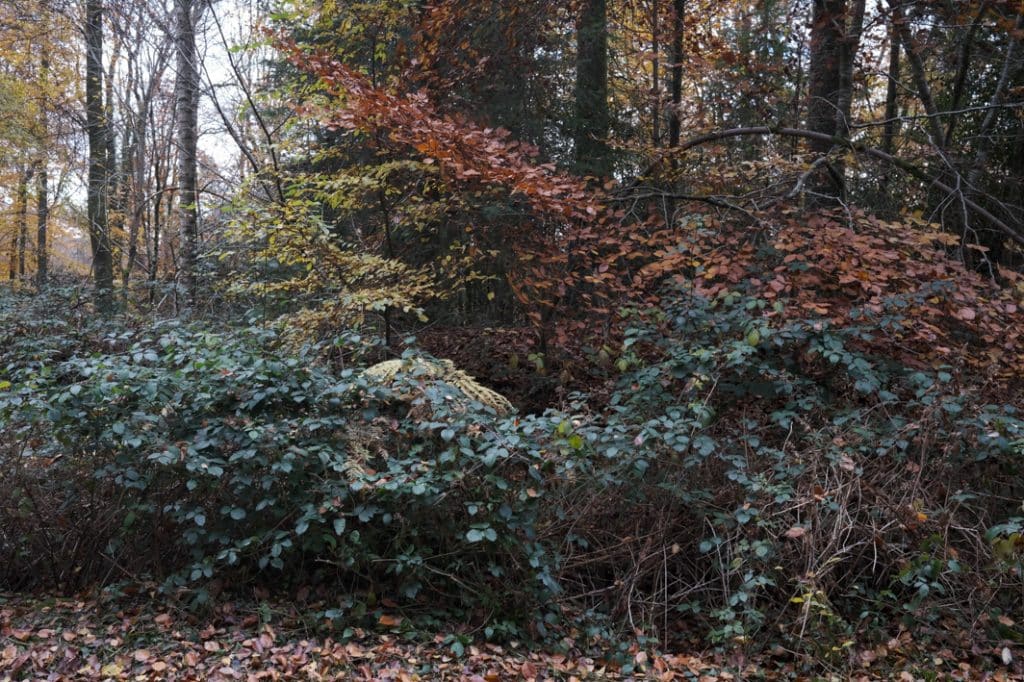
It’s a subject that is sometimes taboo in France: to have a business sense while being a photographer, while having a real artistic eye. Does your background as a banker help you in your career as a photographer?
The answer is yes. I don’t regret at all the business studies I did, because they allow me to understand the financial logic in where I evolve, where my interlocutors find themselves. Whether it’s my gallery,a festivals like the Champ des Impossibles, or the Parc naturel régional du Perche today. All these actors are part of an economic ecosystem that I understand thanks to my studies. It is a tool that I use every day that’s very useful to me. But it’s a tool, and the goal for me are my photographs.
Le champ des impossibles festival. Until June 12, 2022 at the Parc Naturel Régional du Perche, in France.
Read More: Rencontre Adrien Boyer – Selma Bella Zarhloul, Oublier le ciel, Collection Les Carnets, Filigrane Éditions, 2022, 64 pages, 10€.

